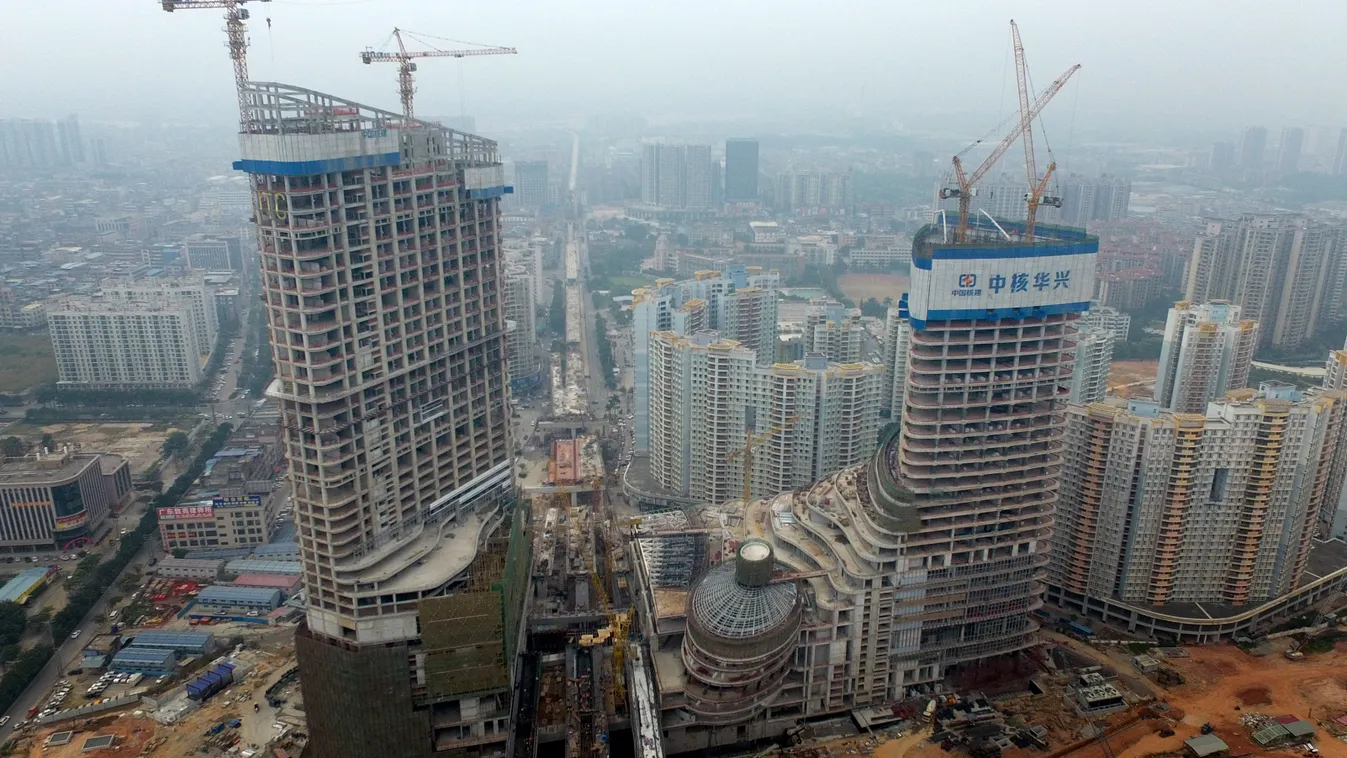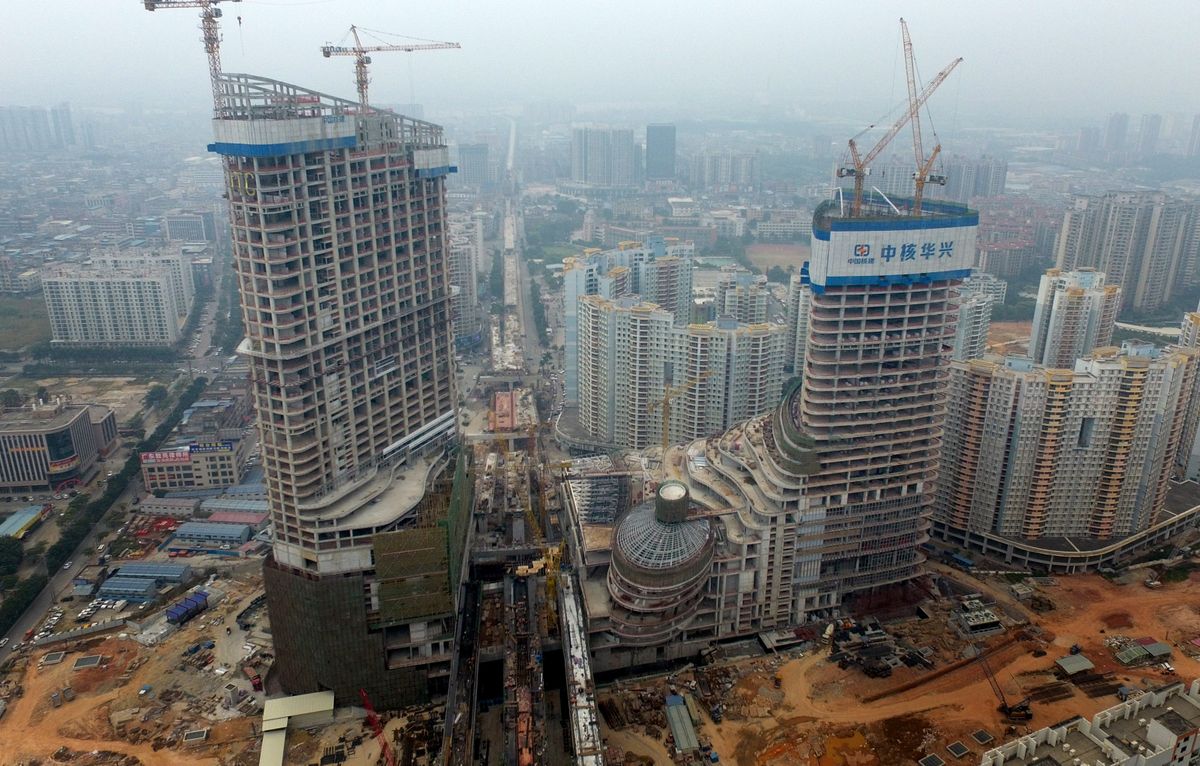Ekkora meglepetést már régen okozott a kínai gazdaság


A CLIC feldolgozóipari beszerzésimenedzser-indexe (BMI) a várt 51,5 pont helyett 51,9 pont lett márciusban, elmaradt a februári 52,6 ponttól, ami 2012 áprilisa óta legmagasabb volt.
A BMI 50 pont feletti értéke a vizsgált gazdasági tevékenység teljesítményének növekedését, 50 pont alatti értéke pedig a csökkenését jelzi.
A kínai feldolgozóipari BMI tavaly szeptember óta januárban ért el első alkalommal 50 pont feletti értéket, elsősorban a járványvédelmi korlátozások enyhítésének hatására.

A szolgáltatóipari BMI a becsült 54,3 pontnál magasabb, 58,2 pont lett a februári 56,3 pont után. Ez a mutató négy hónap után szintén januárban lépte át először az 50 pontot.
A feldolgozóipari és szolgáltatóipari adatok összevonásával képzett kompozit BMI 57 pontra emelkedett márciusban a februári 56,4 pontról. A szakértői várakozások átlagában 55,1 pont szerepelt.












